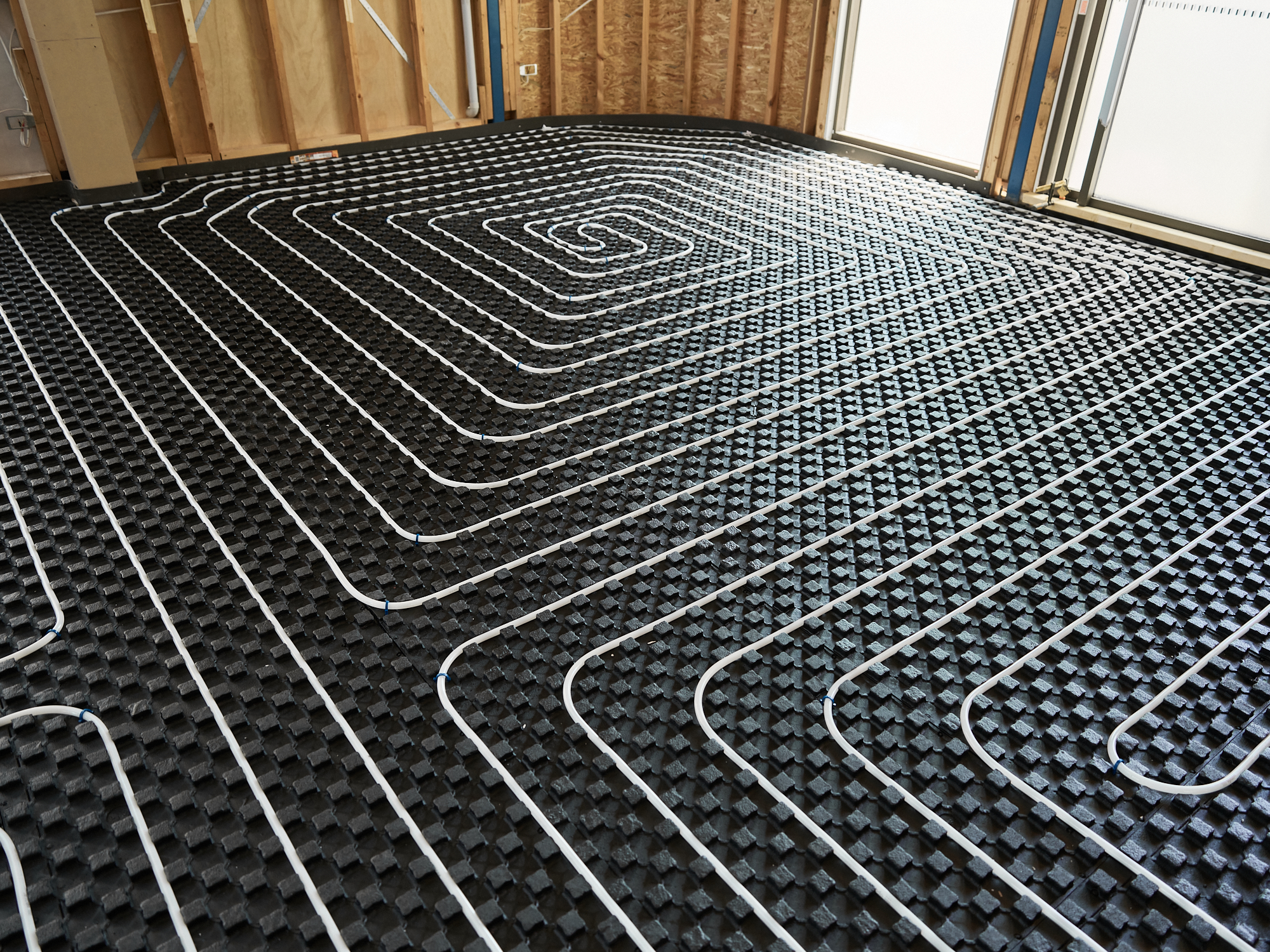In architectural design, airflow often doesn’t receive the attention it deserves—but it should. While heating and cooling systems are typically treated as technical add-ons that are incorporated late in the design process, rethinking HVAC as an early collaborator can unlock greater architectural freedom, aesthetic clarity, and long-term performance outcomes.
At Optima, we’ve seen first-hand how projects flourish when airflow is considered at the concept stage—not after walls are drawn.
The Hidden Architecture of Air
Air is invisible, yet it shapes how we live and feel within a space. Well-managed airflow has the power to improve comfort, acoustics, indoor air quality, and energy efficiency. However, achieving optimal airflow isn’t just about choosing the right HVAC unit—it’s about creating a floor plan that "breathes."
When HVAC considerations are introduced too late in the process, designers often face compromises. Ceiling heights may be reduced to fit ducts, visual lines are disrupted by bulky grilles, or entire zones become difficult to regulate. These challenges can lead to design inefficiencies and costly revisions down the line.
On the other hand, early collaboration with HVAC consultants allows architects to:
- Conceal HVAC systems seamlessly by planning spatial allowances from day one
- Optimise ducting routes to minimise energy loss and avoid clashes with structural elements
- Use mechanical requirements creatively to guide ceiling bulkhead design or vertical transitions
- Avoid over-engineering by combining passive airflow strategies with active systems
Early Integration = Greater Design Flexibility
We recently collaborated with a boutique architectural firm on a three-storey mixed-use building in Fitzroy. By engaging us during the schematic design phase, they were able to:
- Allocate space for mechanical plant early without sacrificing usable floor area
- Integrate vertical risers neatly into the structure
- Use discreet slot diffusers that aligned with the minimal aesthetic of the interiors
More importantly, by incorporating HVAC considerations early, the project avoided a costly redesign—something we’ve seen all too often when HVAC is treated as a ‘services package’ rather than a design partner.
The Value of Mechanical Engineering Input at Concept Stage
Many architects assume that mechanical input comes after DA approval or once engineering drawings are underway. However, integrating HVAC professionals during early spatial planning allows us to:
- Assess natural ventilation opportunities and incorporate them into the design
- Recommend the most suitable heating and cooling methods (VRF systems, chilled beams, heat pumps, etc.)
- Identify potential challenges, such as equipment access or acoustic implications, before they become obstacles
- Future-proof buildings by planning for sustainability standards and electrification targets
This forward-thinking approach can radically change your services strategy and open up new design possibilities that would otherwise be missed.
A Collaborative Approach Is a Creative One
At Optima, we believe in collaborative design. Our goal is not to limit your vision but to ensure that it performs seamlessly. Whether you’re designing a climate-sensitive gallery or a multi-residential building that prioritises thermal comfort, the earlier HVAC consultants like Optima are involved, the more your design can benefit from cohesive, future-oriented integration.
By considering HVAC as a design partner from the outset, you can create buildings that not only look great but also function efficiently and sustainably—without compromising on your vision.
Reach out to Optima today to discuss how early HVAC integration can elevate your project.

.svg)
